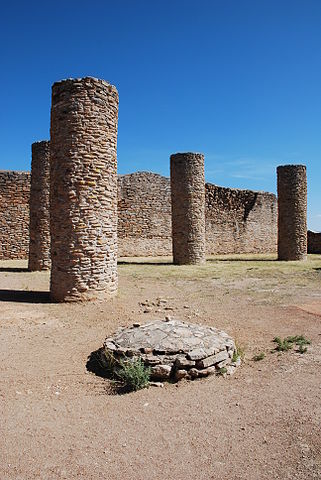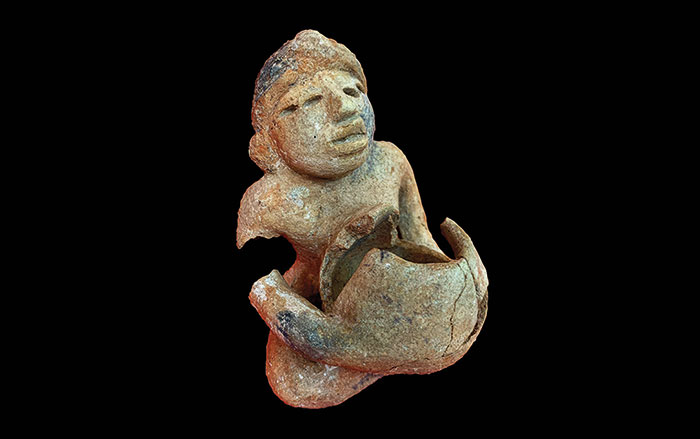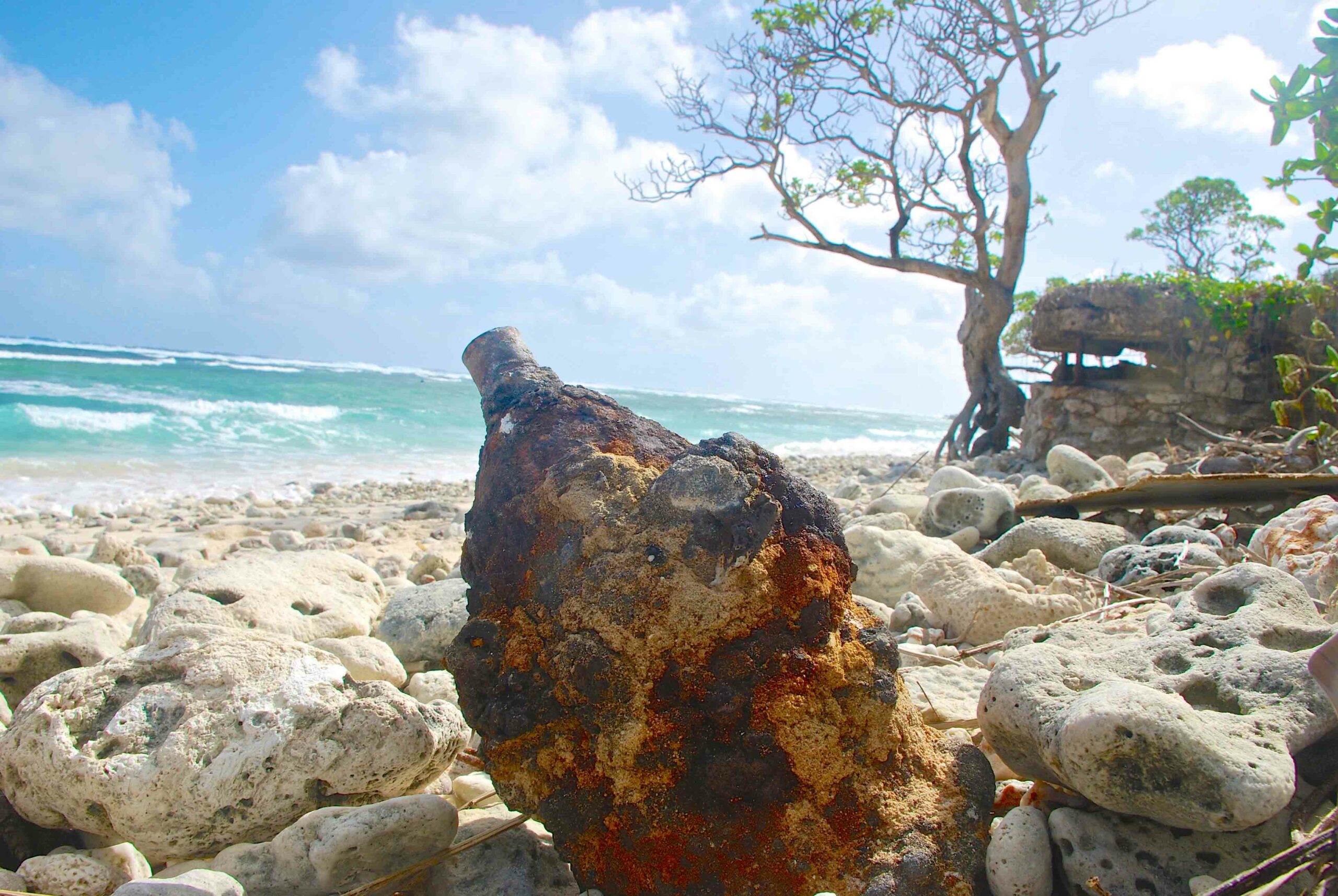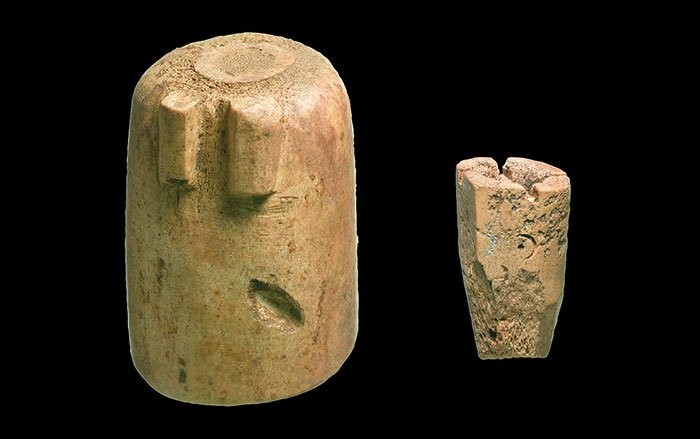
TEMPE, ARIZONA—Ben Nelson and Debra Martin of Arizona State University have found evidence that the people who lived at Mexico’s La Quemada archaeological site some 1,500 years ago treated the bones of the dead differently, depending upon whether or not they had been enemies in life. The bones date from A.D. 500 to 900, a period of great upheaval due to rapid change after the collapse of Teotihuacan. Bones found outside the site’s fortress show signs of violence, including cut marks, splintering, and burning, all signs of abuse and cannibalism, according to a report in Phys.org. Some of the skulls even had holes bored in them, which seems to suggest that they were hung for enemies to see. Bones found inside the compound also bear cut marks, but they are shallow indentations usually attributed to defleshing and desiccation, both signs of veneration of the dead. These individuals may have been loved ones or ancestors, rather than enemies. Isotope and DNA analysis of the bones could shed more light on the conflict between the groups of people that lived across the Northern Frontier. For more on Teotihuacan, see "Big Data, Big Cities."










